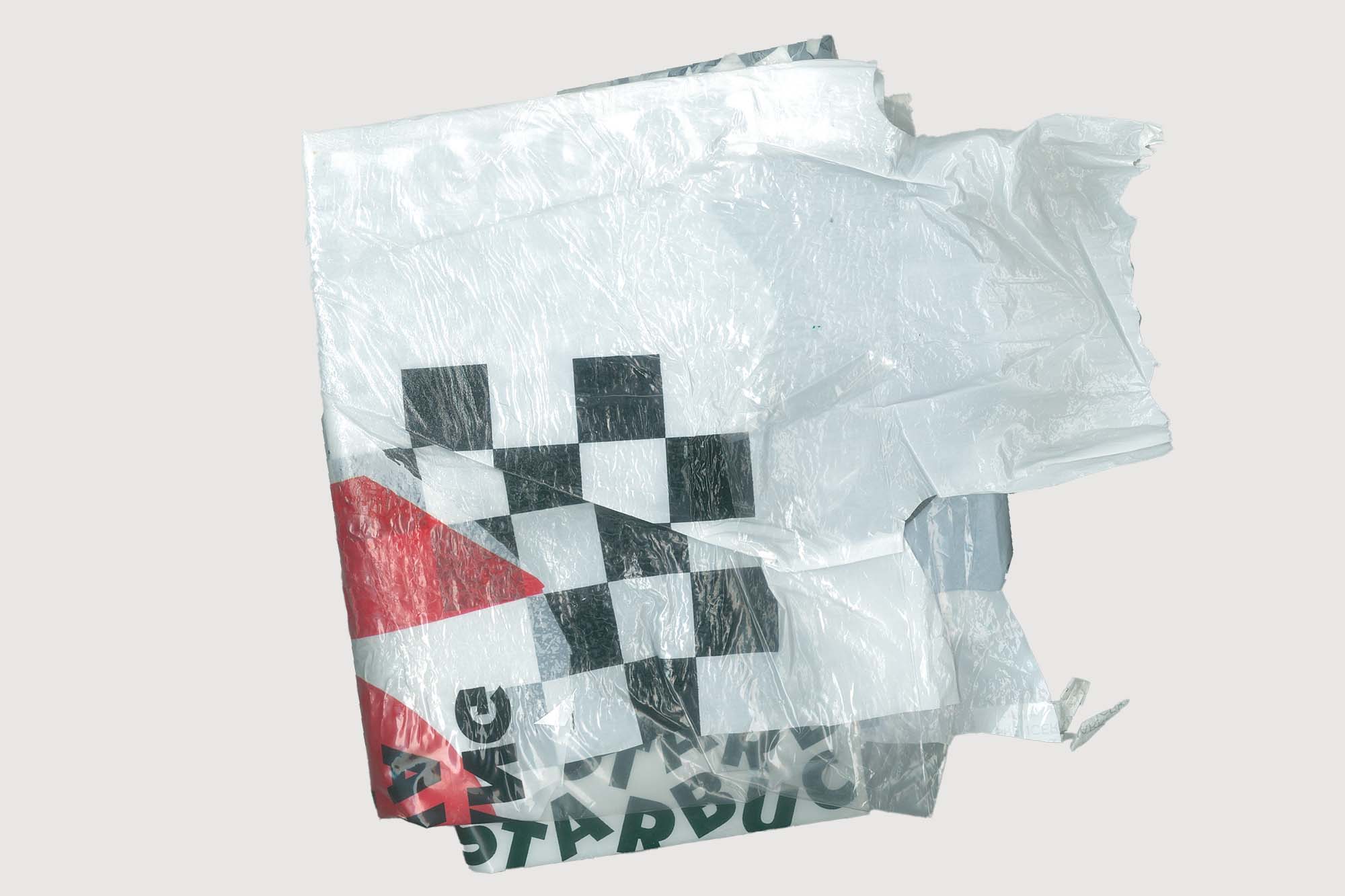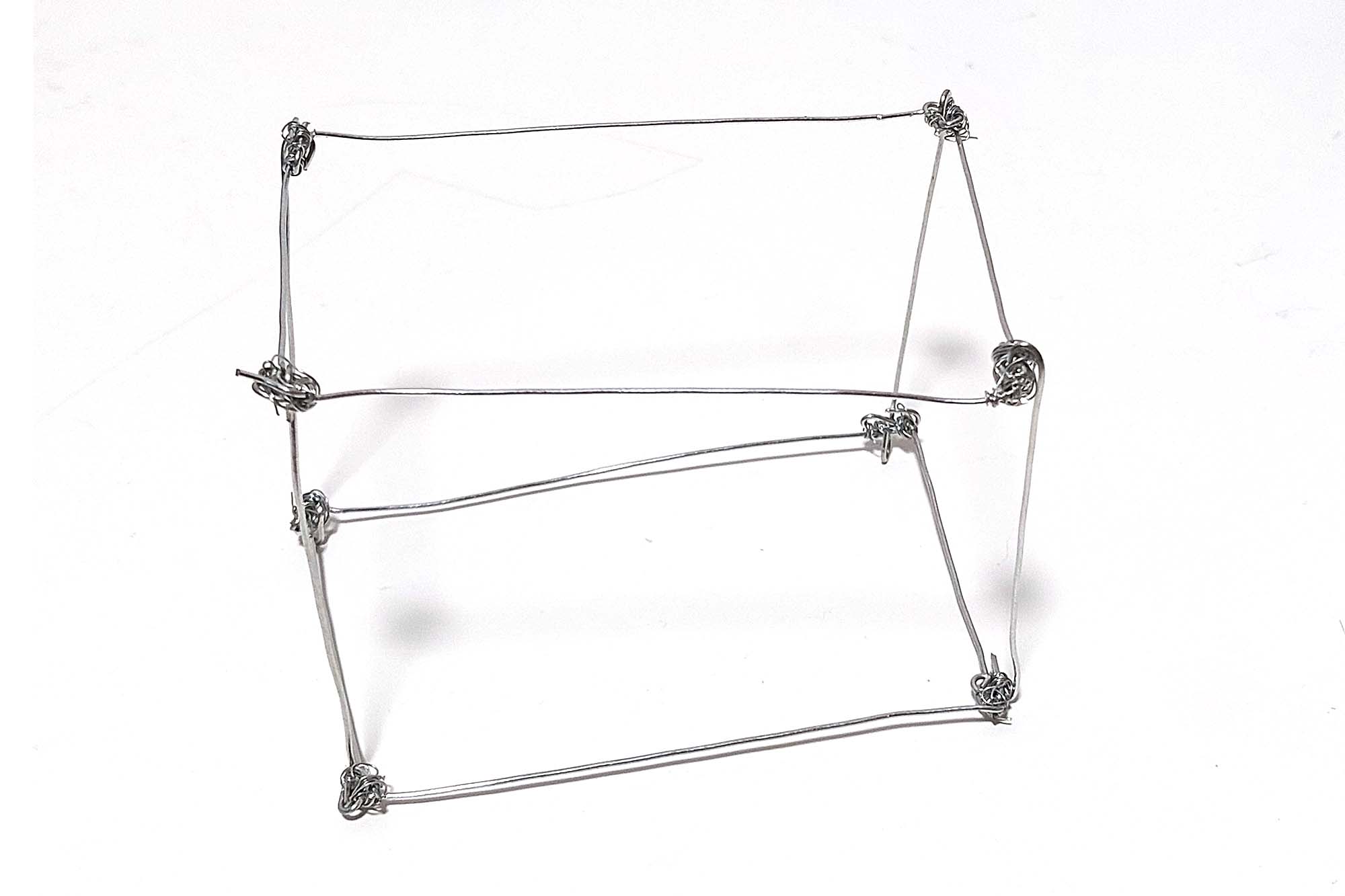- Week 13
- November 07'22

1. Dissertation — Discussion
Restructuring literature review
1) Plastic pollution landscape in Jakarta
Plastic pollution is a multifaceted issue with various contributing factors and a widespread impact. This section will first look at plastic pollution from a global perspective, its history and issuess, then in the context of Indonesia and specifically the capital city Jakarta.
2) Sustainable HCI
Critical look into the prevalence of persuasion themes in sustainable HCI; its negative connotation, overly focused on individual consumptions, and implications on how to move beyond it and contribute to a positive shift in the field.
3) Discursive Design
Emphasis on an artifact-based communication, an ambiguous approach to communication that allows the designer to create a dialogue about an issue without restricting the audience' reactions.
Plan for discussion and analysis
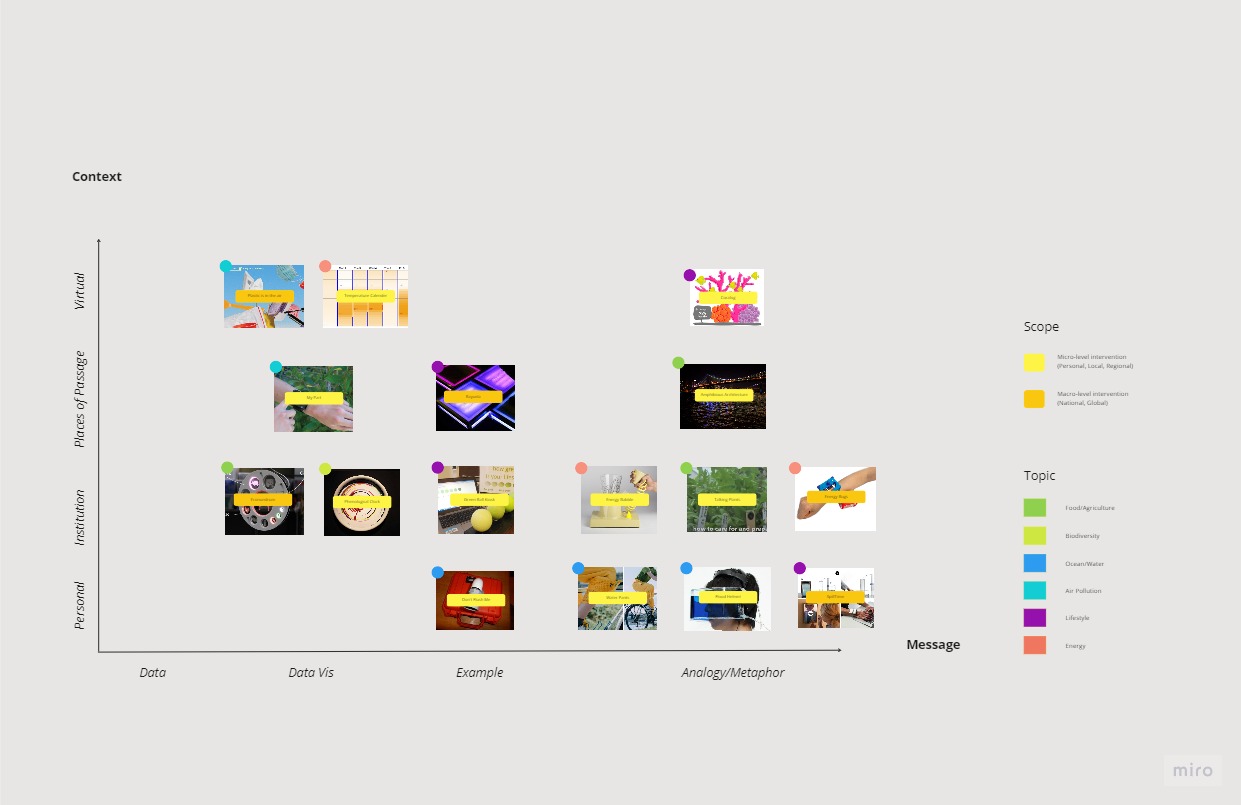
1) HCI case studies
I plan to first talk about the HCI case studies that I did from week 9 (above). Initially, I was going to use the graph to show where my research stands but now I kind of shifted away from HCI so now I will frame it a deeper look into how interaction design has been used by the academic community to tackle climate change.
2) Sketch idea generation
Here I will be talking about the couple of ideas that I had. There are still quite raw in terms of concept so I will only be talking about them briefly. I will sort the ideas based on feasibility and impact, and the 4 winning ideas will be talked about in the next section.
3) Rough idea concept
The 4 polished ideas will be talked about more extensively here.
4) Final idea — A collection of artifacts
The concept for the 3rd and 4th ideas were combined and expanded into a collection of artifacts. Here I will be explaining the ideas and what the collection of artifacts are, will be able to do and what I hope to achieve from it.

Next sections — Prototype and user testing
Next will be talking about crafting of the low-fi prototypes (above), and then moving on into user testing. User testing will be divided into a number of evaluations. First with the low-fi prototypes. Feedback from the users will be reflected and synthesized, and guide the making onto the second iterations of the prototype.
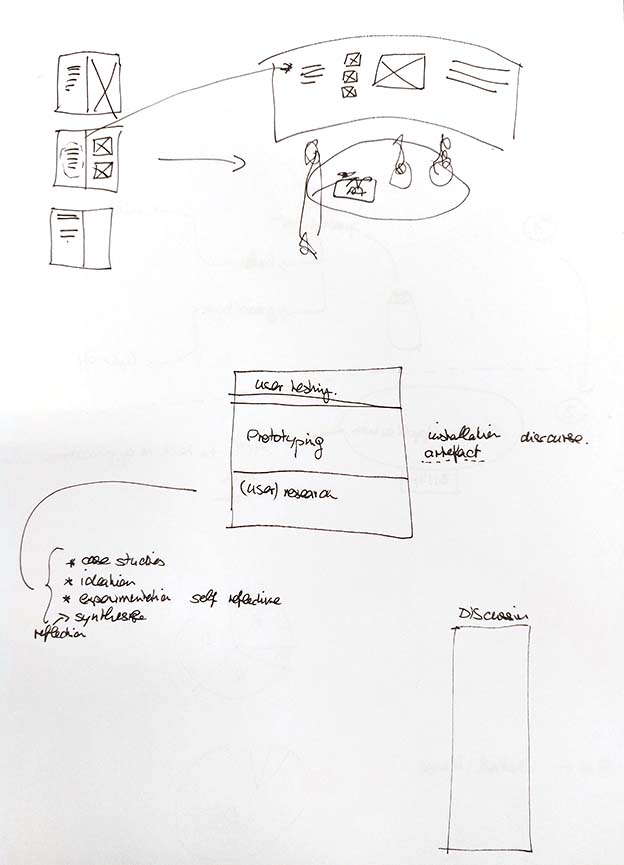
Sketch from Andreas for Grad Project and planning for the dissertation discussion section
Screenshot from my pinterest board
2.1 Prototyping — Forms
Exploring ideas for prototype forms!
I made a moodboard (above) on pinterest for inspirations for the artifact forms. I was really drawn into the organic, abstract and translucent sculptures that almost look like they are creatures you could find in the darkest parts of the ocean or through a microscope. I was intrigued by the idea of creating these customized inflatable sculptures and I think there are a lot of interesting potentials to explore how the sensors can be embedded unto it. As a starting point, I decided to try and search online for small-scale tutorials on crafting inflatables.
↘Link to pinterest boardTechnique 1: Laser Cutting
 ↘Link to instructables
↘Link to instructables
Material: LDPE film (100 thickness) CO2 laser cutter
Technique 2: Glue
 ↘Link to tutorial
↘Link to tutorial
Material: Vinyl sheets Vinyl cement
After discussing with Andreas about the methods, he suggested to try both of them as exploration. Hopefully trials can happen within the coming weeks!
2.2 Prototyping — Package Ideas
Some ideas on how to package the prototype!!
1) Inflatable bubble wrap
A box made from inflatable bubble wrap. I wanted to experiment with the translucent material and see how it would look like with the Arduino and sensors. Challenge would be how to make the holes for the sensors.
2) Plastic fabric
Second idea is to create a plastic fabric by fusing plastic together with a clothes iron! The technique was recommended by Andri a few weeks ago whilst I was chatting with him about my ideas. I think it could be interesting to explore its materiality. I also like the found objects look.
Materials for making plastic fabric
Clothing iron set to medium heat.
A selection of plastic bags.
Fusing plastic
Layering the plastic with parchment paper/baking paper is a must to prevent the plastic from burning.
Shoutout to Vina for her letting me borrow her iron because mine broke :-)
Results!
Folded scan
I added annotations (above) detailing where the plastics were from! Some I had actually brought with me from Jakarta during my trip back home on August.
Thoughts:
I think as an inital experiment it turned out ok. There is definitely a lot of room for exploration in terms of the texture and materials. Right now, the texture doesn't stand out yet and just looked like a bunch of plastic bags taped or glued together.
2.3 Prototyping — Structure
For the assembly of the object, I'm going to use wires to craft a wireframe for the structure of the object and wrap the plastic around it. I got a bit of deja-vu from year 1 where I did a brief exploration with wires too! I followed the same technique I used for the cube.

Screenshot from year 1 cpj!! Stress-free days..
Wireframe
Wrapped
Thoughts:
I liked the organic feel of the box but I still felt like it lacked a bit of structure. So next, I tried wrapping the fabric on a pre-made box.
Next step is to get the tech to work!
2.3 Prototype — Tech
Original sketch (A)
Combining the code from last week with a processing sketch that enables us to work with audio!
How it works:
Sketch (A): The audio intensity is controlled by the position of the mouse cursor on the x-axis. The center 0,0 is located on the edge of the canvas screen, so moving the mouse to the right increases the audio volume while moving it to the left decreases it. The audios are imported from my plastic sound recordings collection and converted to . WAV so that it is compatible with the program.
Another function, mousePressed, enables us to cycle between tracks by pressing the mouse.
Sketch (B): import processing.serial.* To make the audio react to the ultrasonic sensor, first we need to combine the 2 sketches from Processing and Arduino together.
Here we introduce a new function "readSensor" that reads the input from the sensor to control the sound and prints the numbers on screen.
void readSensor () { while (myPort.available()>0) { myString = myPort.readStringUntil(lf); if (myString != null) { myString = trim (myString); value = int (myString); value = constrain(value,maxDistance,minDistance); println("value from sensor",value); } } }
Constraints the value to min and max distance so it doesn't make noise beyond that
int minDistance = 40; int maxDistance = 0; value = constrain(value,maxDistance,minDistance);
Sketch (C): Sensor + mousepressed function. Just in case Processing can't detect the arduino, the sound can be controlled with a mouse.
if (isArduino == false ) { dist = map(mouseX, 0, width, 0.01, 1); } else { readSensor(); dist = map(value, maxDistance, minDistance, 1, 0.01); } if (frameCount>120) { //println(dist); current.amp(dist); } }
Randomly picks audio from index and plays it
index = int(random(0,sounds.size())); println("we will play sound number", index);
"The intellectual material needs to be crafted into the form of a message, just as the physical material gets crafted into a product—these are two necessary components that can be co-determined or that should eventually coalesce."
Scouting for locations to take good shots
We decided to scout for some places to take pictures of our prototype. We noticed that someone made a make-shift photospot at level 5 which could potentially be a good spot. Speaking of Make-Shift, Aditi also told us that Cineleisure lighting is also great for taking pictures. The photo studio in Winsteidt is also an option.
In the end we just DIY-ed a photospot in the pantry area of the studio and borrowed a light. After a couple test shoots, I think it could be a good and accessible location for now!

Weekly Roundup
Reminder: Everything is a process! Its better to do something badly than to think too much about how to do it perfectly and not starting.
This week I was able to slowly aquire all the components to build a functioning prototype by next week. Ideally I plan to finish assembling the prototype for during the weekend and then do user testing before the dissertation draft submission. While disussing my dissertation with Andreas, I realized I have an obsession for knowing names to things? Here is an excerpt from the Disrusive Design that really resonates with me "At the most basic level, we know from our students and many seasoned practitioners that there is a sense of comfort and even relief that results when they understand that there is a name and a space for their “peripheral” design concerns and activities." I think it put to words m obsession of wanting to label whatever I'm doing, just to make sure that its not a waste of time?
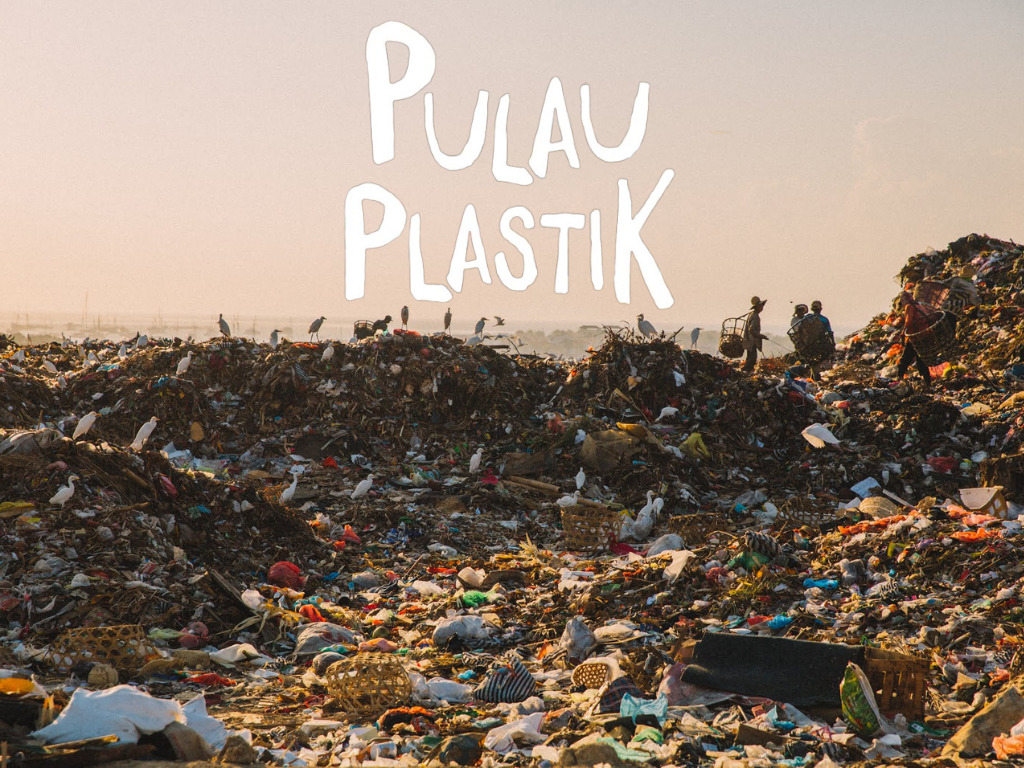
Pulau Plastic Documentary
Andreas had recommended a documentary on Netflix about the plastic issue in Indonesia. Upon searching up the film, it was apparently aired in the local cinemas in Jakarta last year on April and has just started streaming on Netflix. I found the documentary to be very enjoyable and feels authentic? It was also interesting how they chose 3 'main characters' with different backgrounds to tell the stories from their point of view. The documentary spoke about how a majority of the trash in Indonesia were actually imported from developed countries. It was a bitter scene when the host's face looked visibly disheartend as he said all this time, developing countries are always trying to catch up to developed countries, only to find out that they were dumping tras here all this time.

Quite possibly the grimmest part of the movie was when they confirmed all 100 volunteers who had their feaces tested for microplastic came back positive. I comepletely forgot that documentaries are actually viable sources of information and hadn't taken the time to explore other mediums than news articles and journal articles. This was a great documentary and I'll be on the look out for more!








